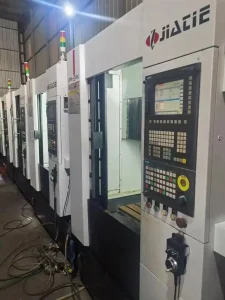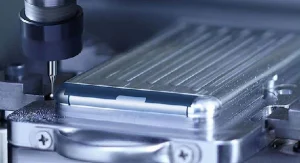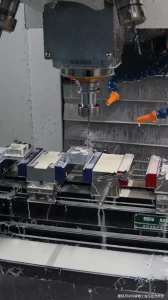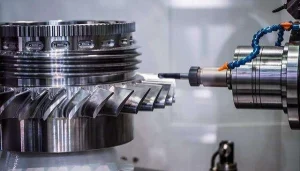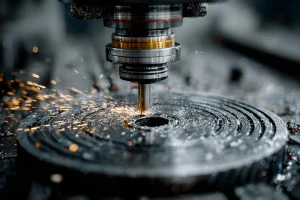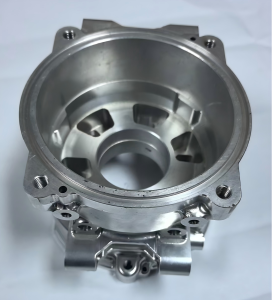The machining accuracy of a component affects its overall performance, assembly, and product performance. To ensure the machining accuracy of a component, what process principles should be followed during machining?
1. Separate Roughing and Finishing Processes
To ensure the accuracy of the machined parts, roughing and finishing should be performed separately as much as possible.
During roughing, the amount of stock removal is relatively large, and the workpiece is subjected to high cutting and clamping forces, stress, and heat. This can lead to significant work hardening on the surface of the machined part, and significant internal stress within the part.
If roughing and finishing are performed consecutively, the accuracy of the finished part will be lost due to the redistribution of internal stress.
For parts requiring very high precision, low-temperature annealing or a de-aging process is required between roughing and finishing to eliminate internal stress.
2. Appropriate Selection of Machining Equipment
The machining equipment should be selected appropriately.
Roughing primarily involves cutting larger parts and removing the majority of the stock. High precision is not required. Therefore, roughing typically requires high power, and a machine tool with lower precision is generally chosen for roughing.
Finishing is less labor-intensive, and high precision is often used. After this, the part is essentially complete. Therefore, finishing requires the use of machine tools with relatively high machining accuracy.
Roughing and finishing should be performed on different machines. This not only fully utilizes the equipment’s capabilities, but also extends the machine’s lifespan and, in many ways, helps control processing costs.
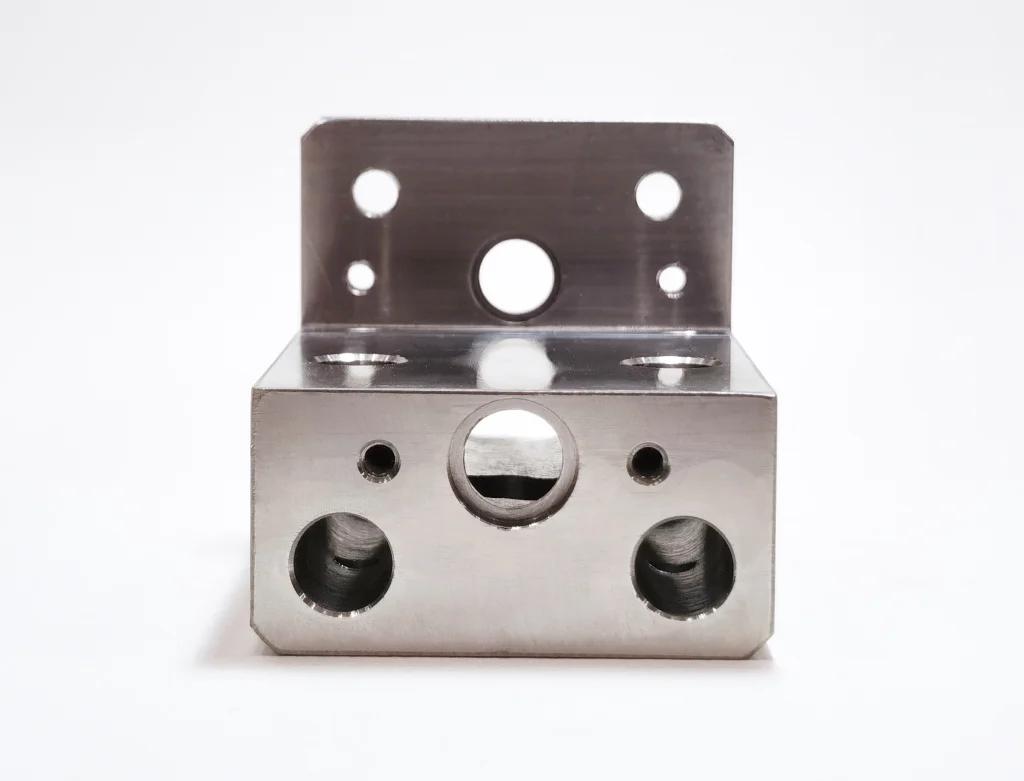
3. Proper Arrangement of Heat Treatment Processes
Heat treatment processes are often included in the machining process. The placement of heat treatment processes should follow the following guidelines:
- To improve the metal’s machinability, processes such as normalizing, annealing, and tempering are generally performed before machining.
- To eliminate internal stress, processes such as aging and tempering are generally performed after roughing and before finishing.
- To improve the mechanical properties of the component, processes such as carburizing, tempering, and quenching are generally performed after machining.
If significant deformation persists after heat treatment, additional machining processes may be necessary.
About RapidEfficient
RapidEfficient specializes in high-precision CNC machining with 18 years of experience. Its products cover medical, communications, optics, drones, intelligent robots, automotive, and office automation parts.
The company’s CNC machining centers include four-axis, five-axis and linkage machine tools, and are equipped with precision projectors, three-coordinate measuring machines, spectrometers, and other precision testing equipment.
Machining accuracy: up to 0.01mm
Testing accuracy: up to 0.001mm

